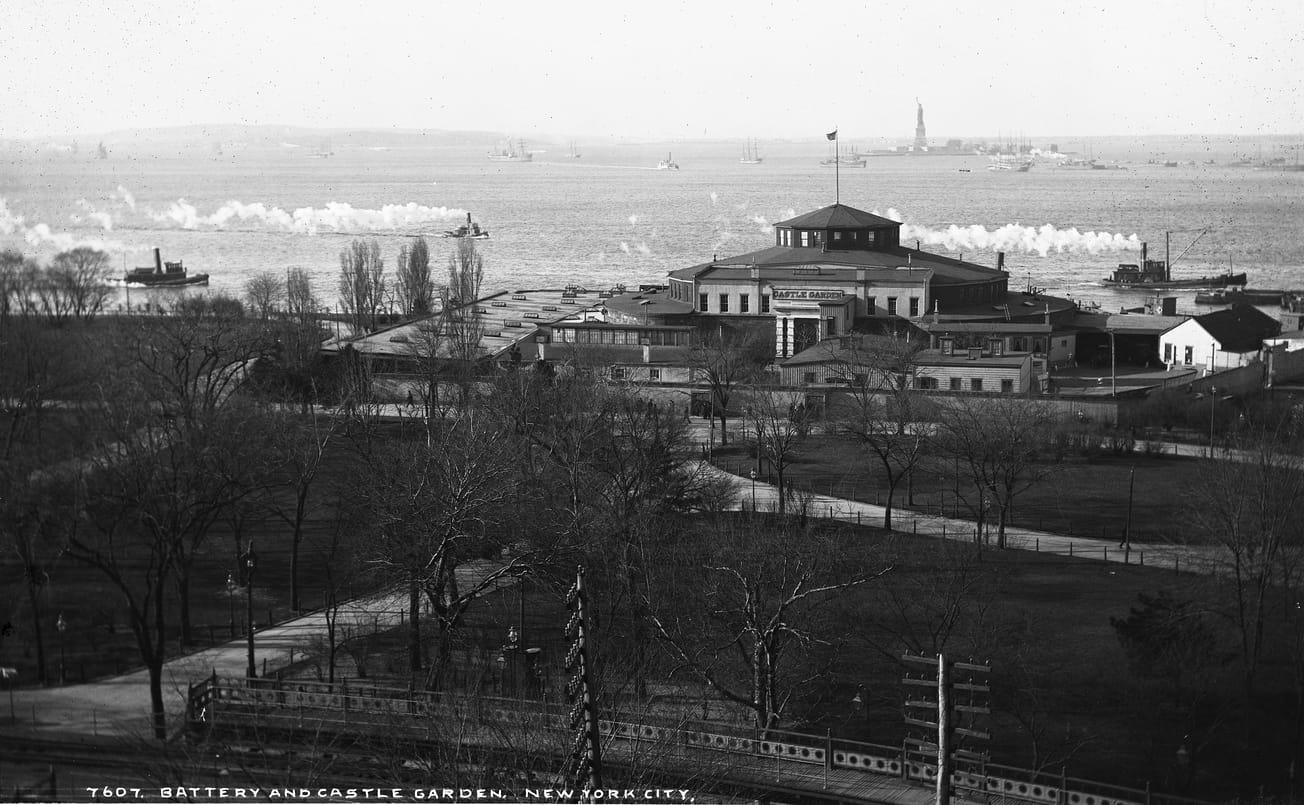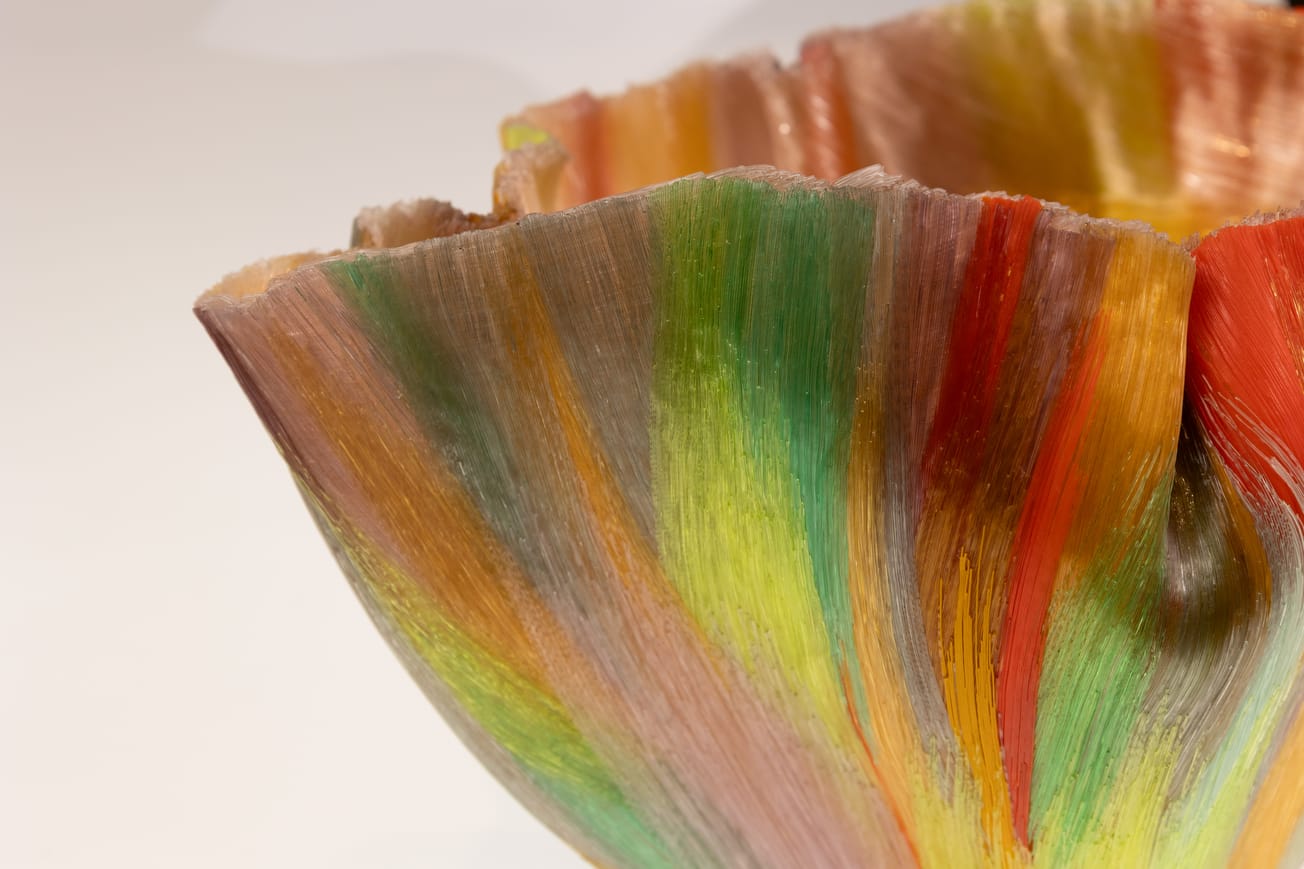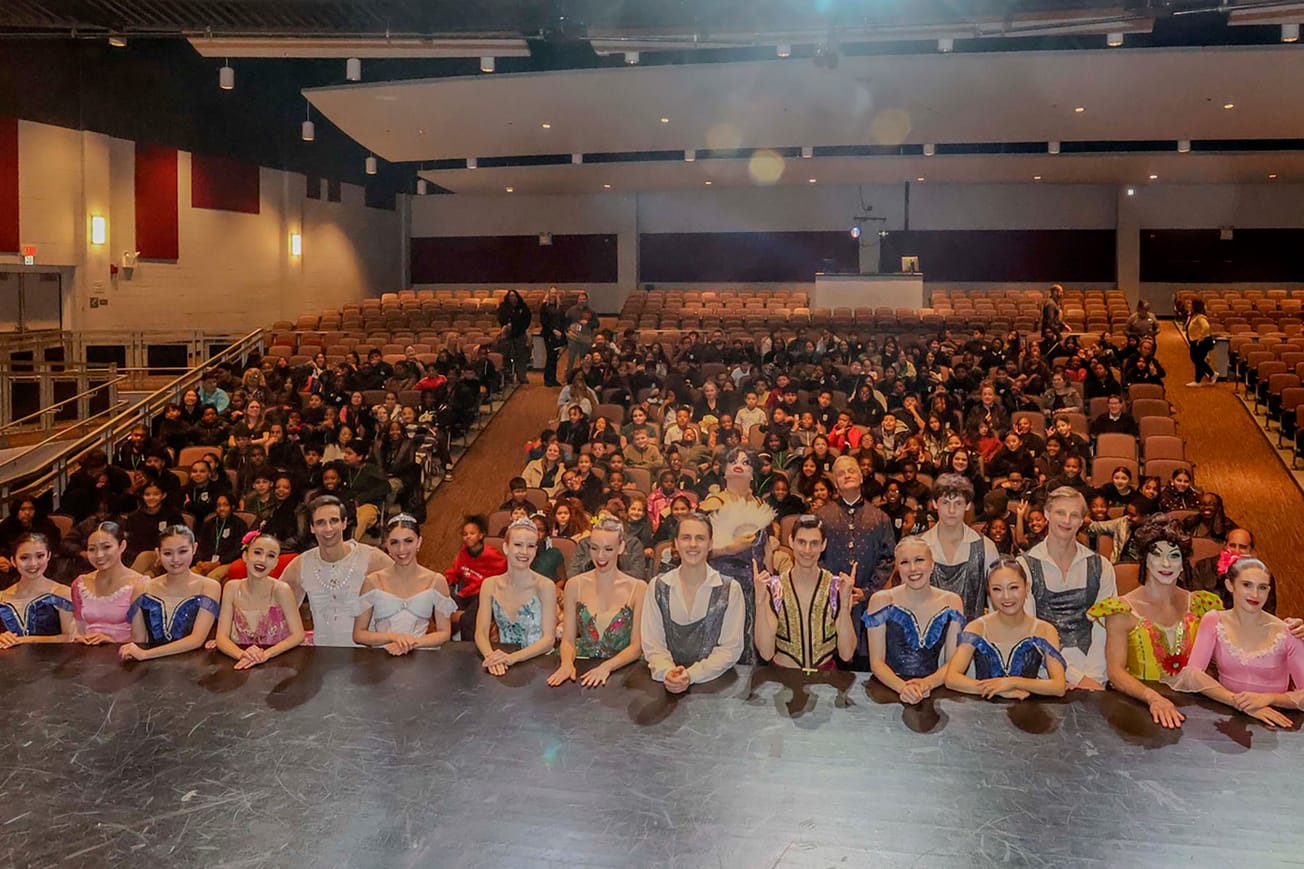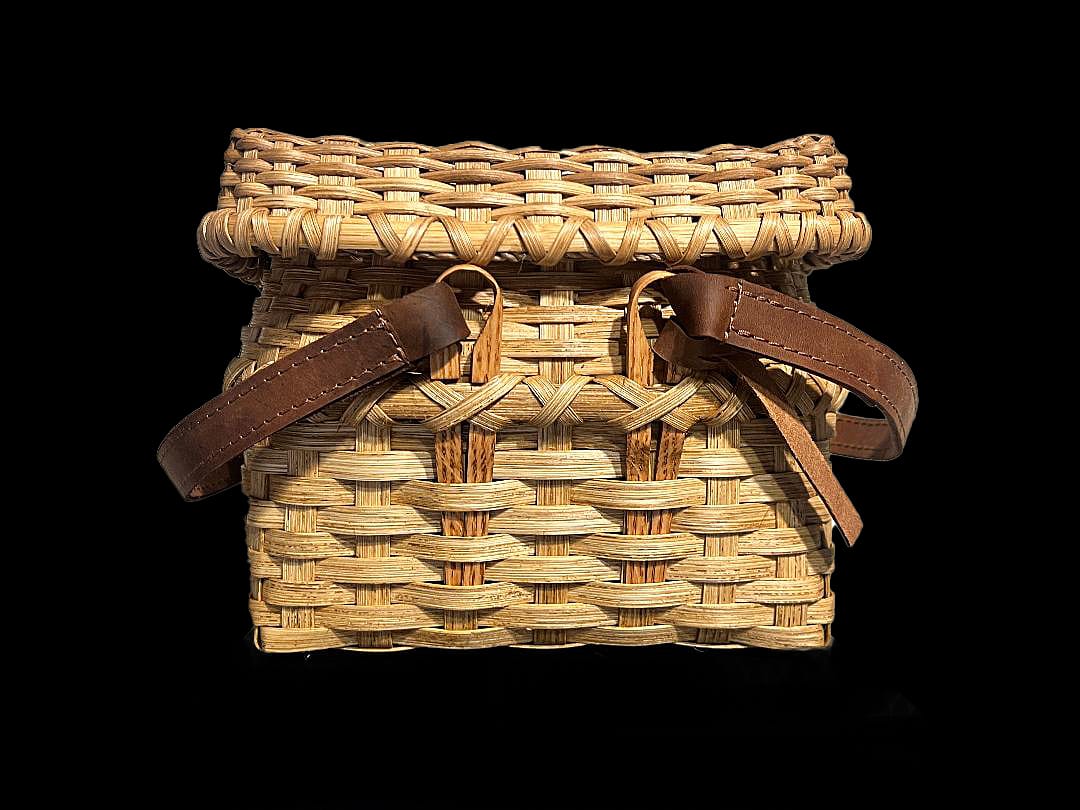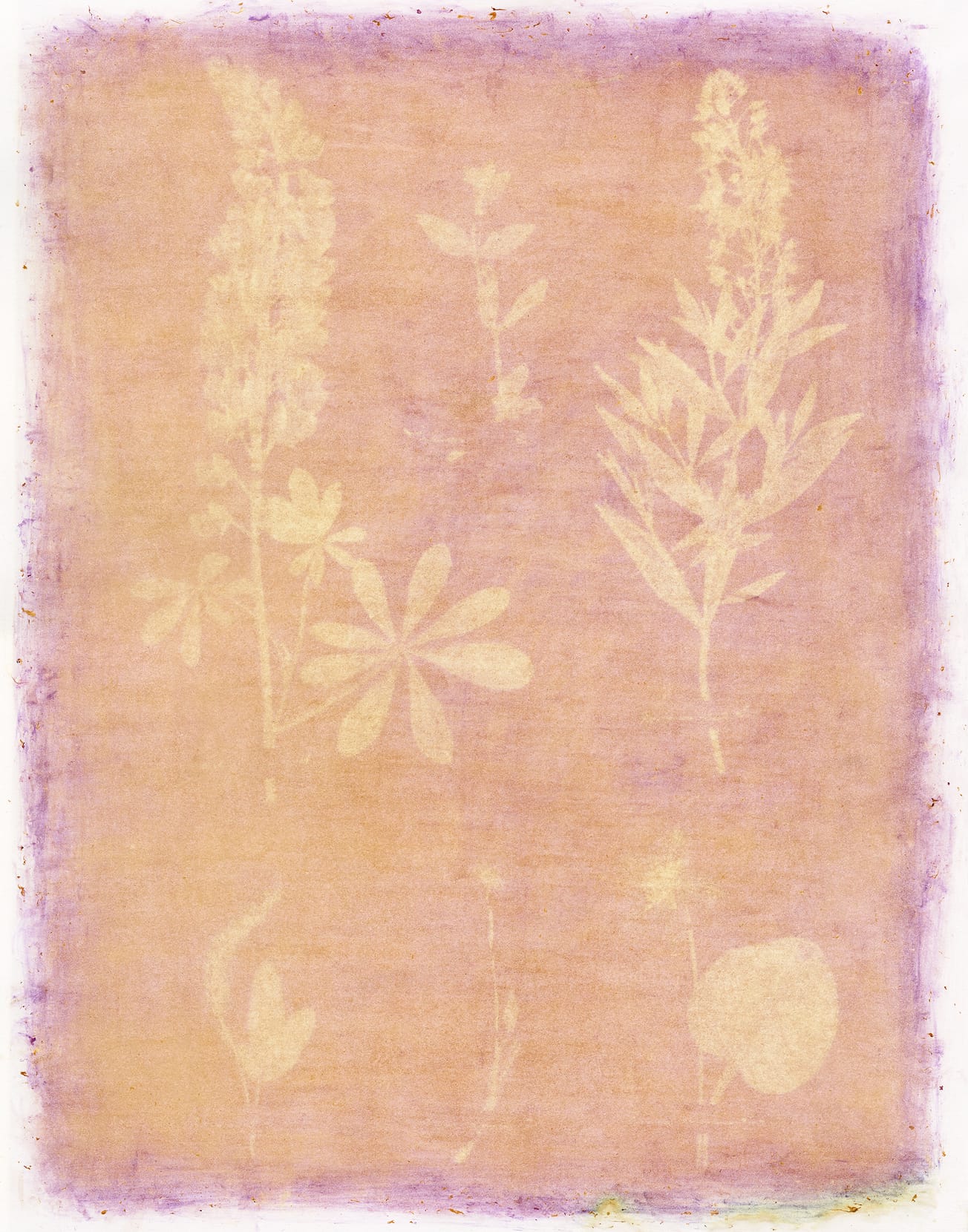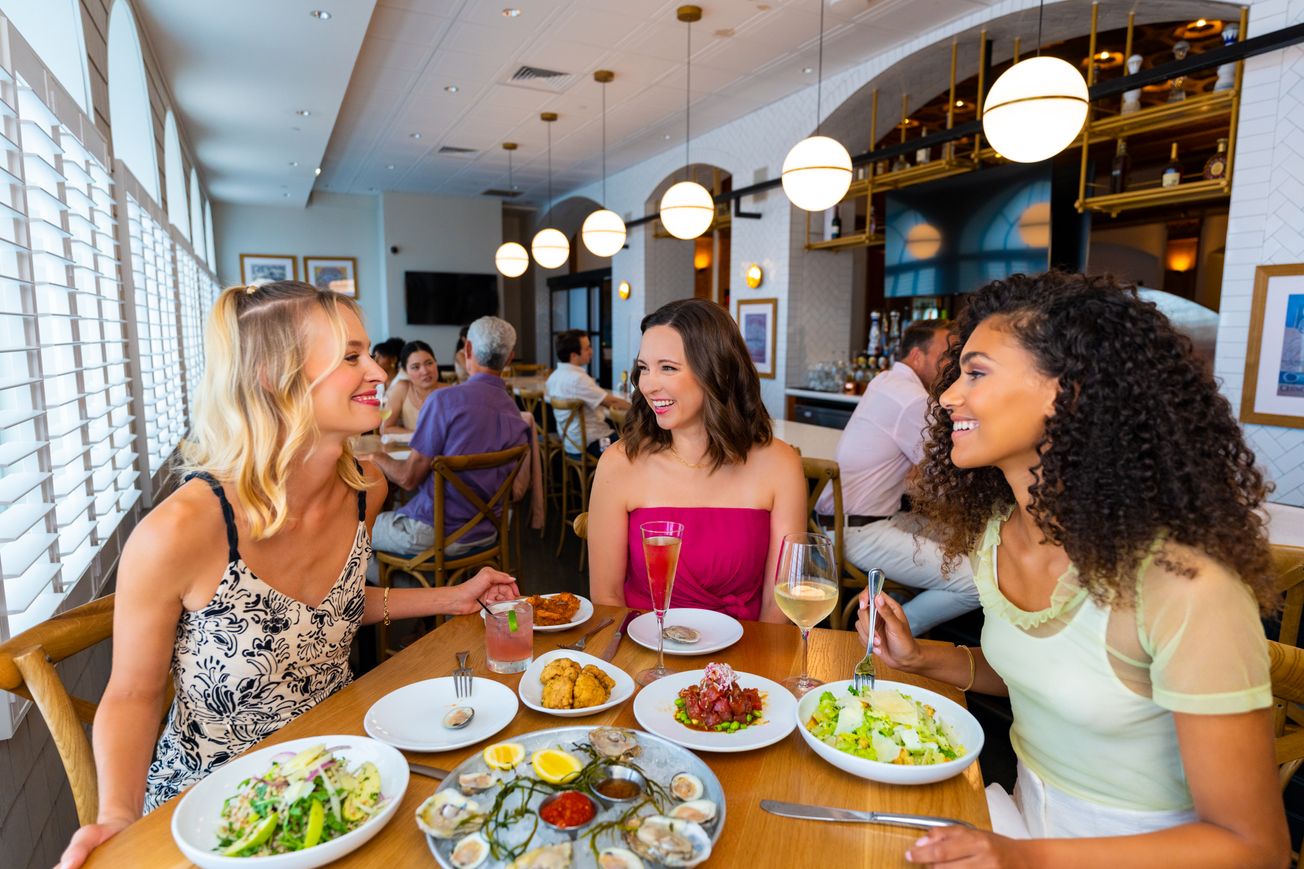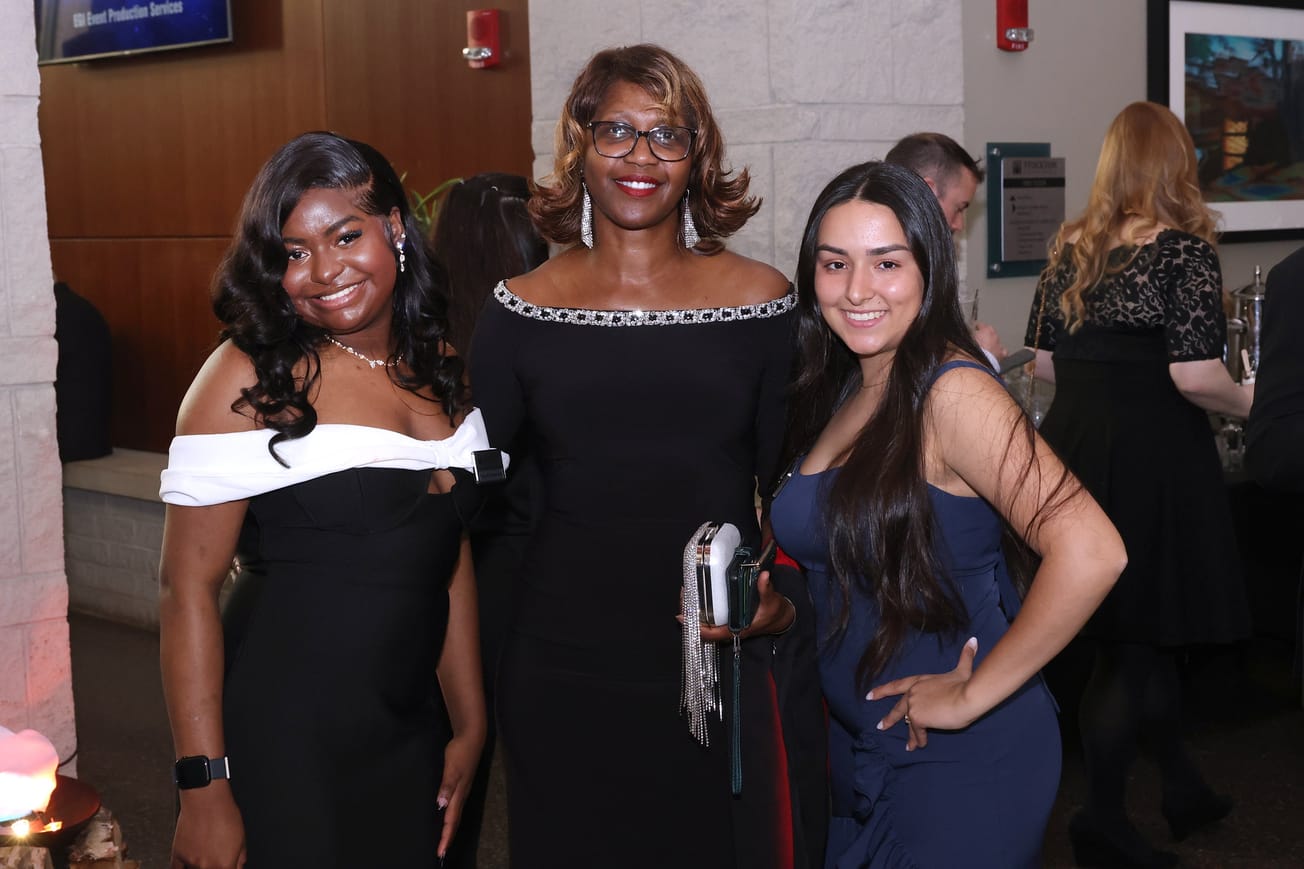
The story about the early Jewish Alliance agricultural colony and related Jewish farming communities in Southern New Jersey, which had their inception during the initial years of the refugee crisis, 1882 and 1883, is driven by resilience. Fueled by a desire to escape violence, suppressed freedoms, and prejudice, Eastern European Jews fled Russia seeking the opportunity to become “Tillers of the Soil” and, eventually, American citizens. The development of the Alliance Agricultural Colony, as well as its sister communities, reflects a variety of challenges faced by the families who built these communities. Their adoption of American pastimes shows their desire to embrace American culture while maintaining their religious beliefs.
In late 1881, Russian Jewish emigrants began arriving in America by the thousands, with most disembarking at the New York City docks in lower Manhattan. Castle Garden, located in Battery Park at the tip of Manhattan, became the emigrant landing depot, functioning as the New York State immigrant registration center and de facto entrance point for most of the East Coast.
Remembering their arrival in South Jersey many years later, founding settlers described being “dumped” at the rail station. Carrying all their earthly belongings from Russia, not much, they tramped two miles on foot to three long, wooden barracks, recently built-in anticipation of their arrival. These barracks, situated on a hill overlooking the Maurice River, were dubbed “Castle Garden,” an ironic nod toward the initial point of entry for immigrants into the United States. The better-known Ellis Island took its place as the emigrant landing center in 1892. The Hebrew Emigrant Aid Society of New York (HEAS), had purchased twelve hundred acres from the Leach brothers and paid them to make initial preparations for the colonists, first building the barracks and later building houses for each family.
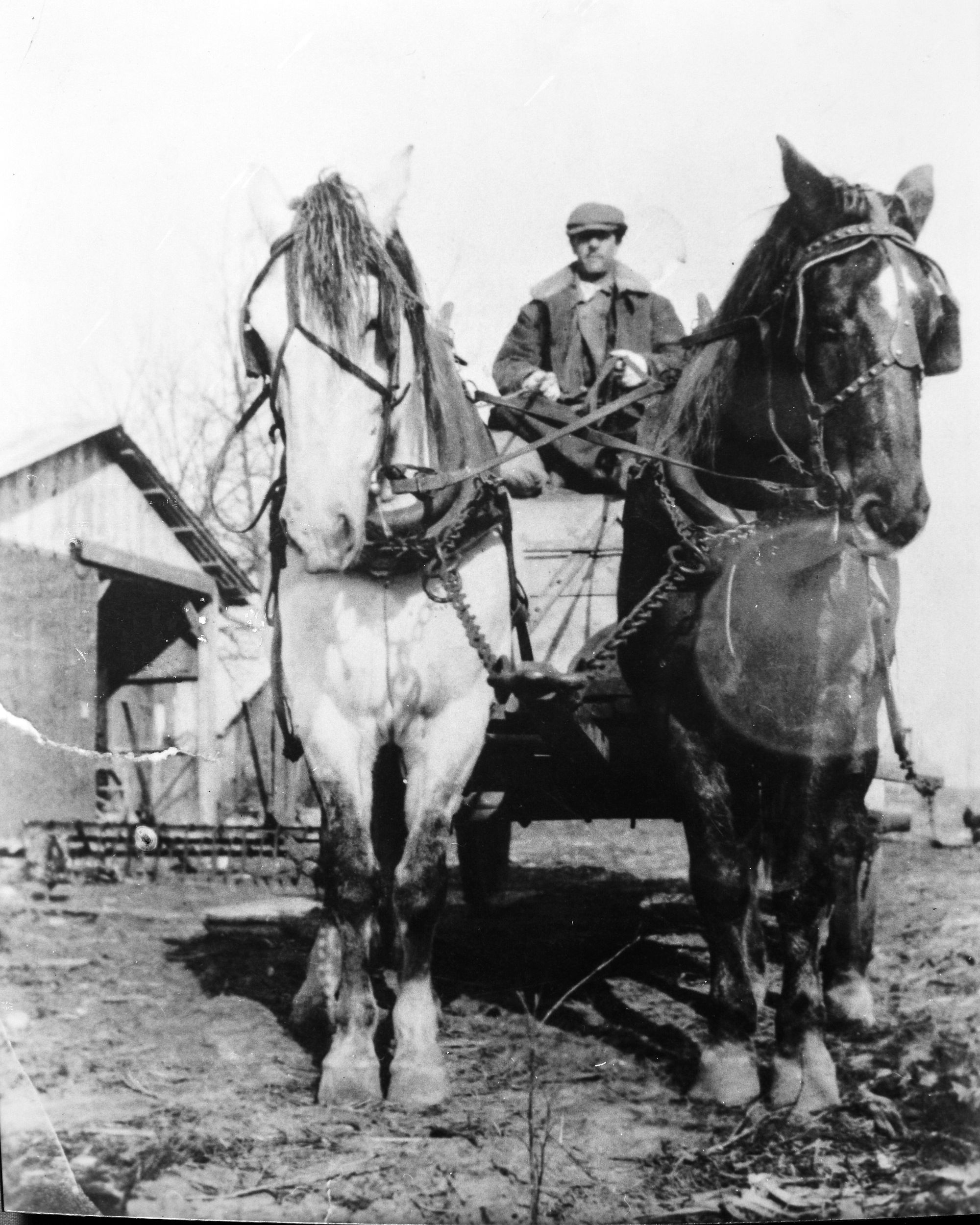
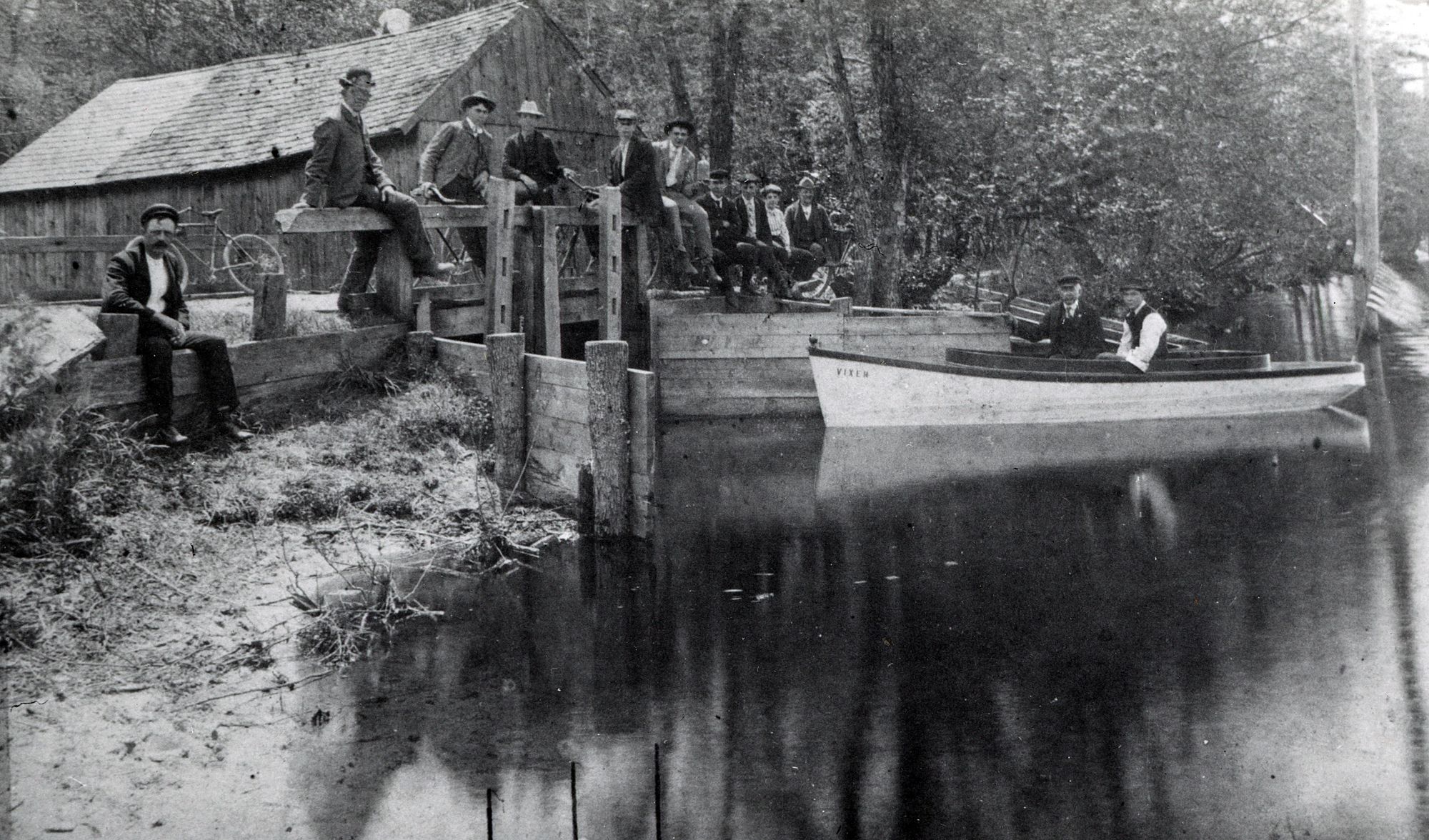
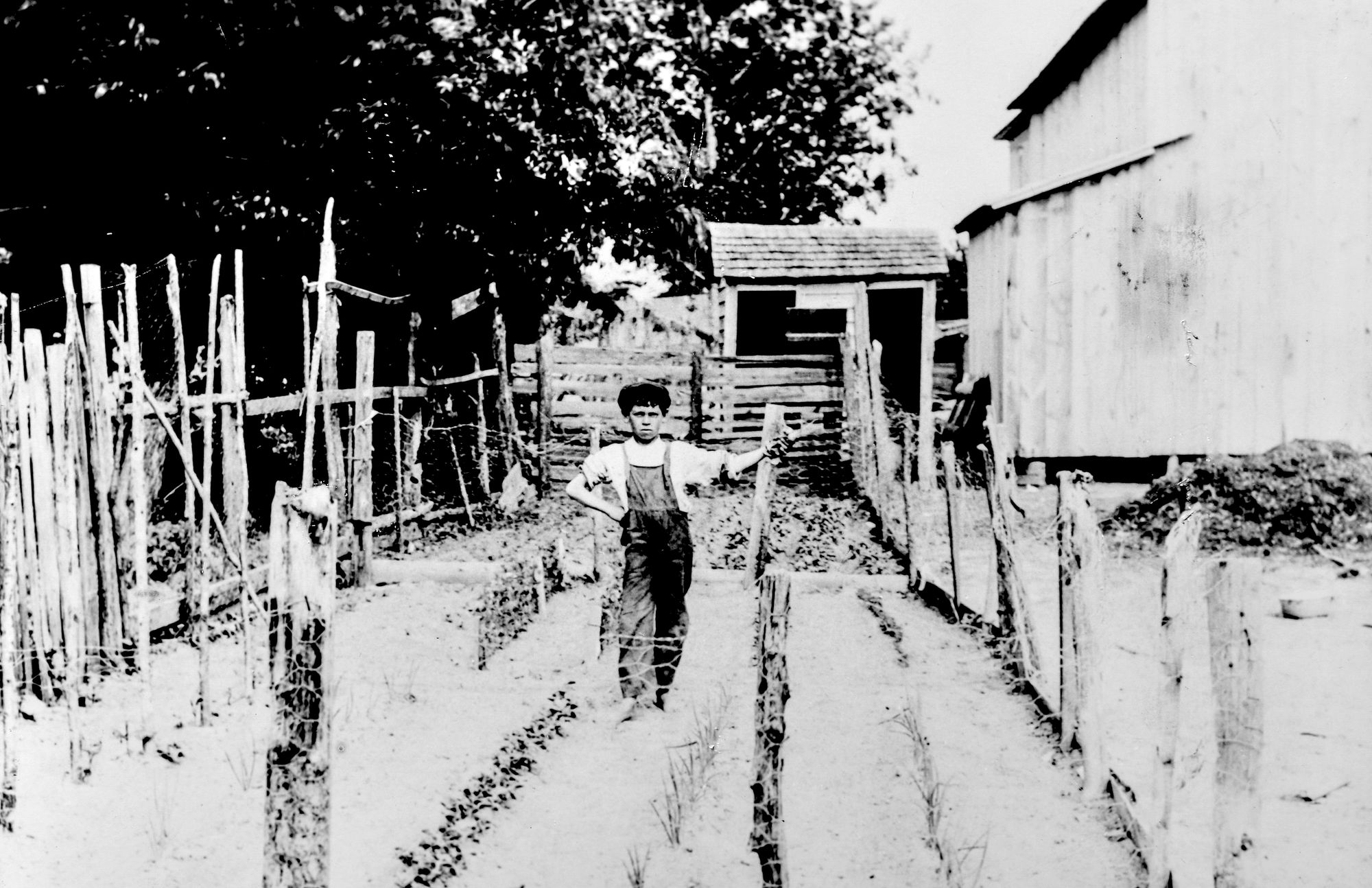
Jacob Crystal the prosperous owner of two horses Boyd and Daisey; Muddy Run; Joseph Greenblatt, 1907
Amid the 1881 pogroms, a group of Russian Jewish intellectuals formulated the idea of Am Olam, the belief that Jews “should go to America to become tillers of the soil and thus shake off the accusation that we were mere petty mercenaries, living upon the toil of others” (Sidney Bailey, Yoval). According to Sidney Bailey, a founder of the Am Olam chapter in Odessa and an early colonist of Alliance,
Our thought was to live in the open instead of being “shut-ins” who lived an artificial city life. We desired to be dependent for our living upon the elements of Father Sun and Mother Earth instead of depending upon the whims of others. We desired to lead a really healthy and honorable mode of life. We were not to be, at our farm vocation, envious one of another, but to live upon our own resources with the help only of nature. Our goal was to own a home and land as a means of earning a livelihood and to be true citizens of our adopted country.
For most Jews, the drive behind emigration was not a yearning for the land, but rather for safety and freedom. They poured into the port of New York, and to a lesser extent Philadelphia and Boston. Most were destitute, or nearly so, and in need of assistance to gain a foothold in the United States.
In New York City, in December 1881, the Hebrew Emigrant Aid Society (HEAS) was incorporated and began its work as the most consequential American Jewish relief organization of the period. For a brief time, the HEAS was involved in agricultural colonization; the society was the first to support the farming colonies of Alliance and Rosenhayn in southern New Jersey, as well as colonies further west. Sheer numbers overwhelmed its efforts. Immigrants arriving daily at the Castle Garden needed food, shelter, and some means of employment. The cost of supplying these immediate needs quickly precluded expenditures on resettlement to far-flung agricultural colonies.
By 1883, the HEAS, along with European efforts by the Alliance Israélite Universelle and the Mansion House Relief Fund, had turned away from colonization, disenchanted by repeated failures and the great expense. When the influx of immigrants decreased after the temporary cessation of pogroms, the HEAS believed the crisis was at an end; it closed shop by the end of March 1883. The birth of Alliance was therefore a momentary possibility. Several farming colonies that preceded it (and followed) failed after short periods of trial.
In the spring of 1882, on May 10th, a train stopped at Bradway Station on the New Jersey Central Railroad, in Pittsgrove Township. Forty-three Russian Jewish families disembarked from emigrant cars. These were the inaugural settlers of the Alliance Colony. Soon they were joined by other refugee families and together, with the help and support of philanthropists, government workers, and local community members, these newest immigrants, almost wholly untrained in agriculture, made Alliance their home and the first successful Jewish farming community in America.
Sixth months after arriving at the colony, the settlers were in homes, with mortgages set at $350 payable over ten years with interest. They had begun working their land, but there would be no harvest for at least six months. They were going to be strapped to survive. Throughout the initial harvest season, with few crops of their own to tend, the settlers walked long distances to serve as harvest labor for Salem and Cumberland county farmers. Often walking eight miles one way, or more, they picked berries, scooped cranberries, and did whatever they could to find work.
As time went on, new Jewish colonies like Estellville and Burbridge sprang up in southern New Jersey and eventually collapsed for various reasons. As you visit the exhibit, the story continues with Jews gaining citizenship to grow the American dream. Artifacts and photos explore how the communities rallied around baseball and the local swimming holes on the Maurice River. Finally, the narrative shares the strong history of the local synagogues and schools.
Images attached courtesy of Stockton University:
- Castle Garden exterior view
- Jacob Crystal the prosperous owner of two horses Boyd and Daisey
- Muddy Run Swimming Hole
- HOH Team August 1922
- Joseph Greenblatt, Alliance 1907

